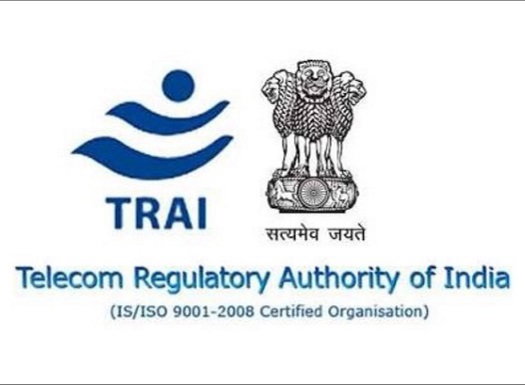The Telecom Authority of India (TRAI) has floated a consultation paper on issues related to digital radio broadcasting in India.
Currently, terrestrial radio coverage in the ocuntry is available in Frequency Modulation (FM) mode and Amplitude Modulation (AM) mode (Short Wave and Medium Wave).
TRAI has noted that while All India Radio (AIR) is active in implementation of digital radio in MW and SW bands, there appears to be no clarity in the current policy guidelines regarding “provisioning of digital radio service in FM band” for private broadcasters.
AIR has 420 stations (AM & FM) that cover almost 92 per cent of the country by area and more than 99.20 per cent of the country’s population.
Private radio broadcasters operate 293 radio stations only in the FM frequency band (88-108 MHz).
According to the regulator, the consultation paper – which it has issued suo moto, aims to develop an ecosystem to encourage existing private FM broadcasters to evaluate digital radio broadcasting.
FM primarily uses analogue transmission, which can provide only one channel per frequency, limiting services provided by existing FM channels to their listeners.
“Analogue terrestrial radio broadcasting when compared with digital mode is inefficient and suffers with operational restrictions. Digital radio technologies can overcome problems faced in analogue transmission with exciting new capabilities and promises fast growth,” the regulator said in a statement.
It also highlighted that with digital broadcasting, broadcasters will be able to air three-four programmes/channels on a single frequency compared to analogue mode which allows broadcast of only one programme per frequency.
Digital radio broadcasting has been around for some time now and countries across the world are moving towards it by drawing the roadmap for switchover to digitisation.
The International Telecommunications Union (ITU) recommendations have described four major standards for broadcast of digital radio which are DAB, ISDB-TSB, HD Radio and DRM.
India’s government took the first step for transitioning AIR’s analogue services to digital mode in three phases 2010.
AIR adopted the Digital Radio Mondiale (DRM) standard for low frequency band (MW and SW) and has recently concluded phase-I of digitisation of its network with deployment of 37 DRM transmitters throughout the country.
The questions raised by TRAI in its paper are:
- Is there a need to encourage or facilitate introduction of digital radio transmission at present? If so, what measures do you suggest and in which market?
- Is there a need to frame a roadmap for migration to digital radio broadcasting for private FM broadcasters? If yes, which approach, mentioned in para 4.7, should be adopted? Please give your suggestions with justification.
- Should the date for digital switch over for radio broadcasting in India need to be declared? If yes, please suggest the date with suitable justification. If no, please give reason to support your view.
- Is present licensing framework or regulatory framework is restrictive for migration to digital radio broadcasting? Please explain with justification.
- Should single digital radio technology be adopted for entire country or choice of technology should be left to radio broadcasters? Support your reply with Justification.
- In case a single digital radio broadcast technology is to be adopted for the entire country, which technology should be adopted for private FM radio broadcasting? Please give your suggestions with detailed justification.
- How issues of interference and allocation of appropriate spectrum allocation can be settled in case the option to choose technology is left to radio broadcasters?
- Should the permission for operating FM channel be delinked from technology used for radio broadcasting? If yes, please provide a detailed framework with justification.
- Should the existing operational FM radio channels be permitted to migrate to digital broadcasting within assigned radio frequency? If yes, should there be any additional charges as number of available channels in digital broadcasting will increase? Please provide a detailed framework for migration with justification.
- Should the future auction of remaining FM channels of Phase-III be done delinking it from technology adopted for radio broadcasting? Please give your suggestions with detailed justification.
- In case future auction of remaining FM channels of Phase-III is done delinking it from technology, should the present auction process be continued? If no, what should be the alternate auction process? Please give your suggestions with detailed justification.
- What modifications need to be done in FM radio policy to use allocated FM radio channels in technology neutral manner for Radio broadcasting?
- What measures should be taken to reduce the prices of digital radio receivers and develop ecosystem for migration to digital radio broadcasting?
Stakeholders have been asked to respond to the various questions raised by TRAI by September 4 with counter-comments if any by September 18.

